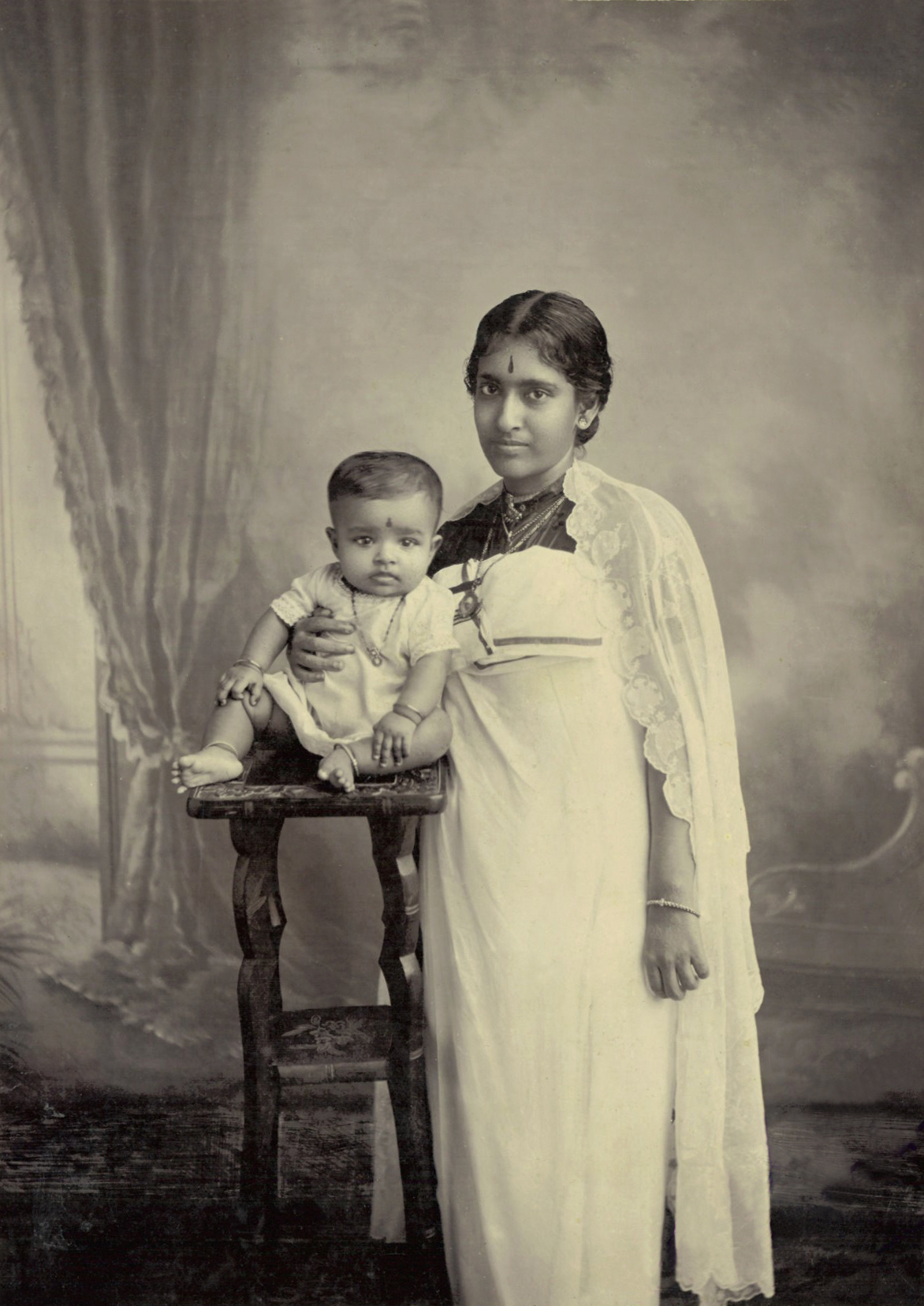Over time, of course, changes crept in. Breakfast and dinner were usually simpler affairs, and rules were somewhat relaxed. But lunch was necessarily elaborate. Brahmin servitors from the madappally emerged bearing huge vessels on their heads, bringing these into the dining room. What each person was served was determined by their exact status in the royal hierarchy, added to which was a generous helping of religion —there was a special palace officer who kept track of every member’s birth-nakshatra and advised them on which days they ought to fast, and what items could or could not be eaten, say, on a Tuesday. The Maharani’s husband, himself unorthodox enough to introduce into the palace menu a tribal teeyal he picked up on hunting expeditions in the jungle, had his own habits: all he ate, for decades, was toast with karipatti, an item prepared using palm jaggery. As for Sethu Lakshmi Bayi, she barely touched most of her food; but one thing she did eat was a special kind of pacha (‘green’) sambar, from which she might drop chunks of potato into the craving mouth of a favourite grandchild.
There was a strict elegance to every meal, even when dining in private. The Maharani began her day, after prayers, with a long and elaborate bath, followed by a simple breakfast at about 10.30. All she had were two idlis and a coconut chutney with sips of paalum-vellam, or watered-down milk, served in a large silver kinnam. After meetings and official matters were out of the way, lunch followed at 2pm, where her family joined her. As her granddaughter recalls, there were “at least fifteen different things in silver bowls, all of which she simply pecked at. Two things unvarying amongst the dishes were a poduthuval made of ripe banana and a pacha pulissery.” To this was added pappadoms fried in ghee and varathupperi, all of which was eaten with podiari rice. It was only at dinner time that some rules took a leave of absence, for the Maharani tended not only to go to bed late, but also to eat only around midnight. While silver trays went up to her bedroom again, what she ate was again idlis with pulissery, and her pallum-vellam. “All brought in,” remembers her granddaughter, “in a huge silver tray far too large for these little viands.”
If this was the lifestyle at the Maharani’s Satelmond Palace, the home of the Maharajah, a few miles away was more willing to flirt with culinary apostasy. To begin with, it was his mother, the Junior Maharani, who first began to appear at private parties and events — until the 1930s, it was taboo for members of the royal family to be seen outside court circles. The Junior Maharani, a hostess of repute, also had no qualms eating with foreigners. While her own consort sat with lemons, she, it has been noted by a descendant, established an ‘English kitchen’ in addition to her ‘Indian kitchen’. Where guests at her garden parties were served fried fish, she had cassava shaped and presented in an exact imitation, from which she could eat without sacrificing her vegetarian credentials. (Incidentally, the cassava was introduced to Kerala in the 1880s by a Travancore Maharajah.) Unlike Sethu Lakshmi Bayi, who admitted that when god distributed culinary gifts, she had excused herself, the Junior Maharani was a skilled cook, even in old-age, preparing delights for members of her family on a makeshift stove in her bedroom.


